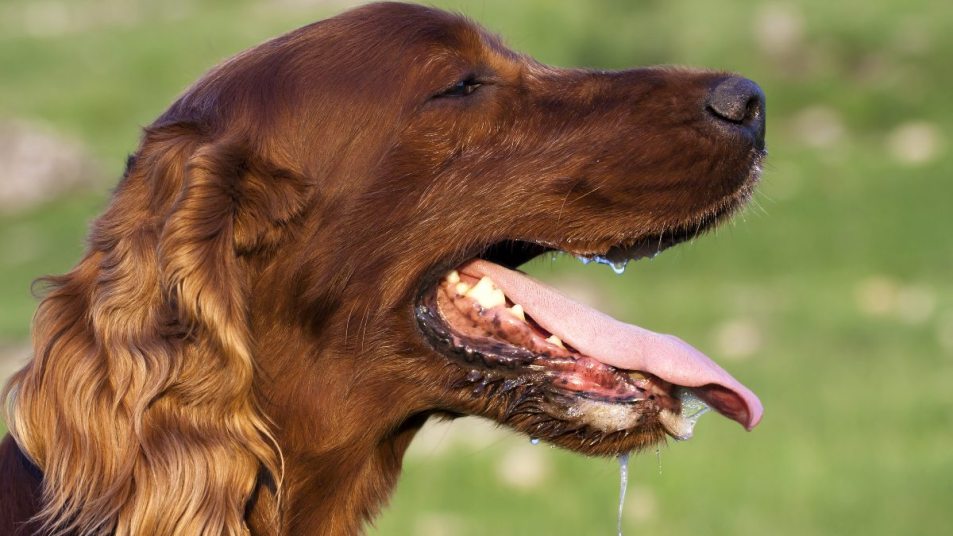- August 23, 2022
- No Comment
- 4 minutes read
Why Is My Dog Drooling So Much? When to Take Your Pup to the Vet – First For Women

It could be a sign of stress, a digestive issue, or something else.
Something you should know about fluffy dogs: They need a lot of brushing. My Samoyed, Eva, hates the summer months not only because she’s hot, but because she has to endure brushing far more often than she would like. You’d think she would be used to it by now, but she always tries to wriggle away. Recently, Eva started doing something even more unusual as I pulled out tuft after tuft of her white, cloud-like fur: drooling.
Curious about why she was drooling so much during our brushing sessions, I reached out to Sarah Wooten, DVM and Pumpkin Pet Insurance Veterinary Expert, for answers.
In Eva’s case, unfortunately, drooling is a sign of stress. “Excessive salivation is a result of hyper stimulation from a stressor in the environment — in this case, brushing,” says Dr. Wooten.
But why does it happen? “Anxiety can also cause jaw-clenching, even in dogs, which can create excess saliva,” she explains.
Aside from seeing a really delicious treat in your hand, drooling in dogs can unfortunately be a sign of a health issue. Dr. Wooten lists the following reasons your dog might drool excessively:
Given the length of this list, it may be very difficult to diagnose the cause of your pup’s drooling on your own. So, call up your vet if you think there’s something wrong.
Keep in mind, of course, that some dogs naturally drool a lot because of their mouth shape. (Loose, droopy lips don’t hold in saliva very well!) Drool-y breeds include the Bulldog, Bernese Mountain Dog, Bloodhound, Great Dane, Golden Retriever, Newfoundland, Rottweiler, and Saint Bernard, among others.
It’s always good to go with your gut feeling if you think your furry friend isn’t doing well. That being said, Dr. Wooten suggests visiting the vet if your dog:
Your vet will be able to examine your pup and run diagnostic tests to figure out the cause.
I do my best to keep Eva out of stressful situations — but sometimes, certain stressful events need to happen (like vet visits and grooming). So, I asked Dr. Wooten what I can do to relieve some of her stress in these situations.
“Try using a lick mat covered in something delicious to distract your dog while grooming,” she says. “Keep grooming sessions short and positive, and try having multiple, short sessions during the day … Only groom small parts of your dog at a time, stop as soon as dog starts drooling, [and] stay positive and calm.”
It also helps to figure out the exact cause of drooling. For example: Does it happen when Eva sees the brush, or when I touch a specific part of her body? “Try to find out when exactly your dog starts drooling, and try to stay ‘under that trigger,’” says Dr. Wooten. “You will need to be aware of when the drooling actually starts, and stop before that happens to condition a different response in your dog. It can help to work with a canine behaviorist.”
In addition, she suggests:
Thanks to Dr. Wooten’s grooming tips, I’ve noticed that Eva is less drool-y when I take out the brush. With time, I hope that she’ll get even more comfortable with our brushing sessions!
Part of the A360 Media Women's Service Group.
Copyright © A360 Media LLC 2022. All Rights Reserved

